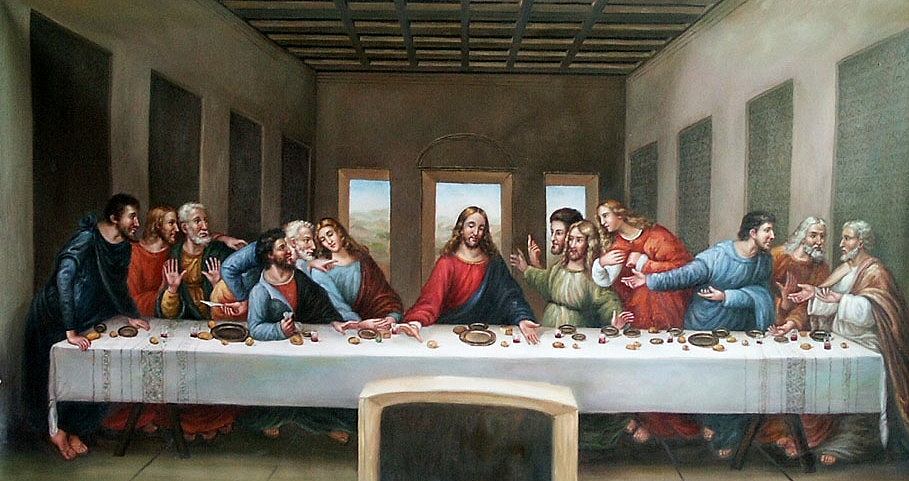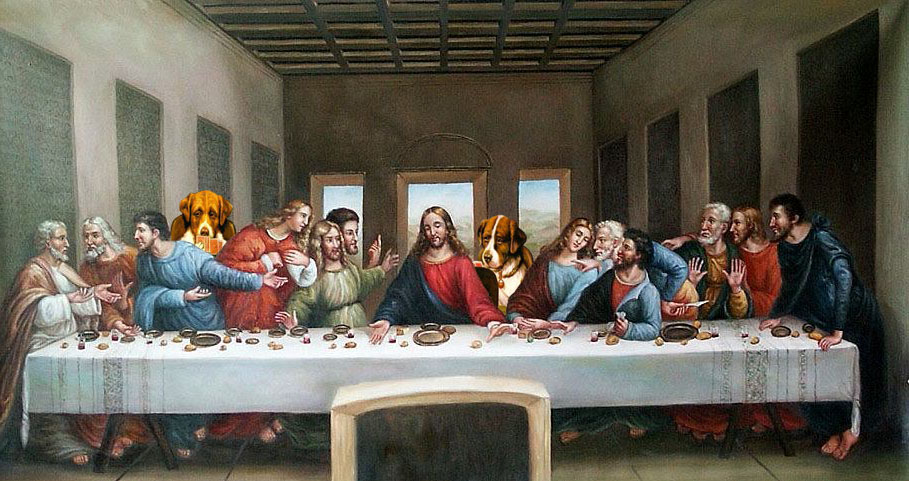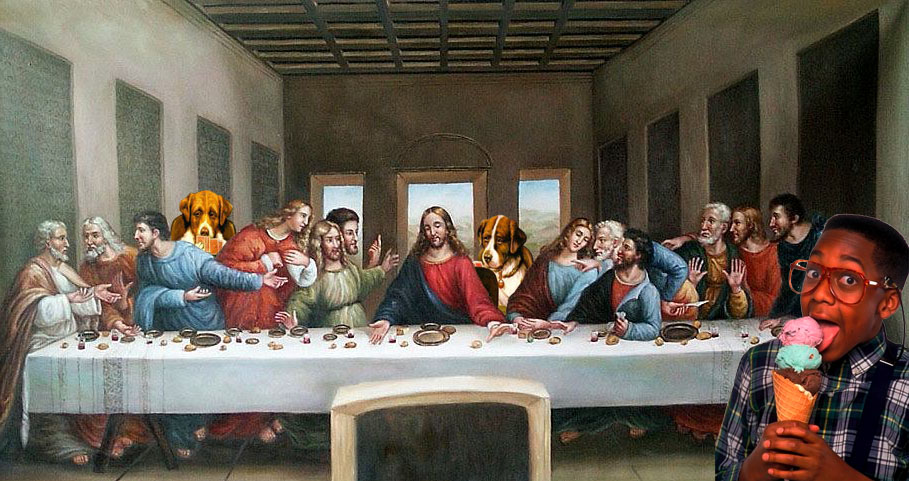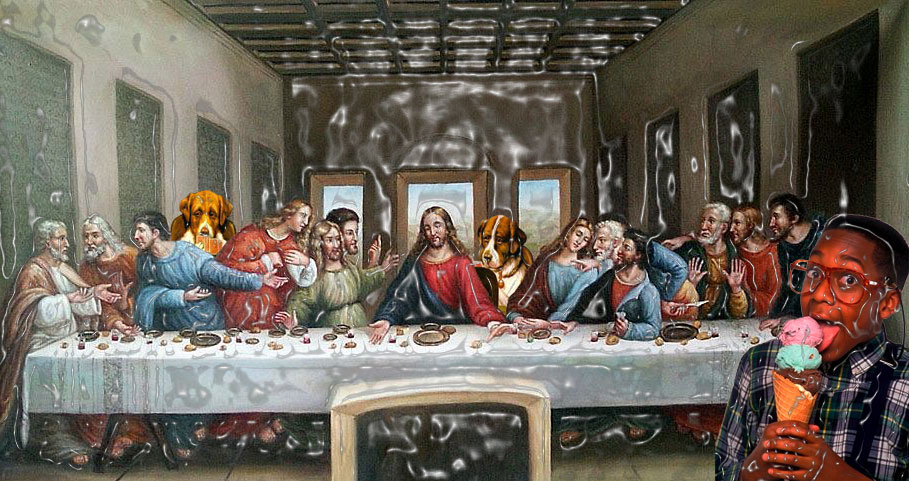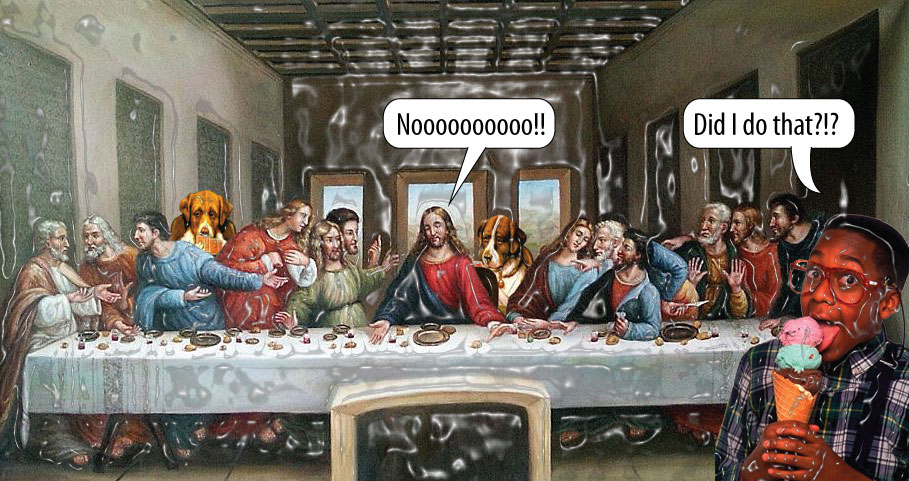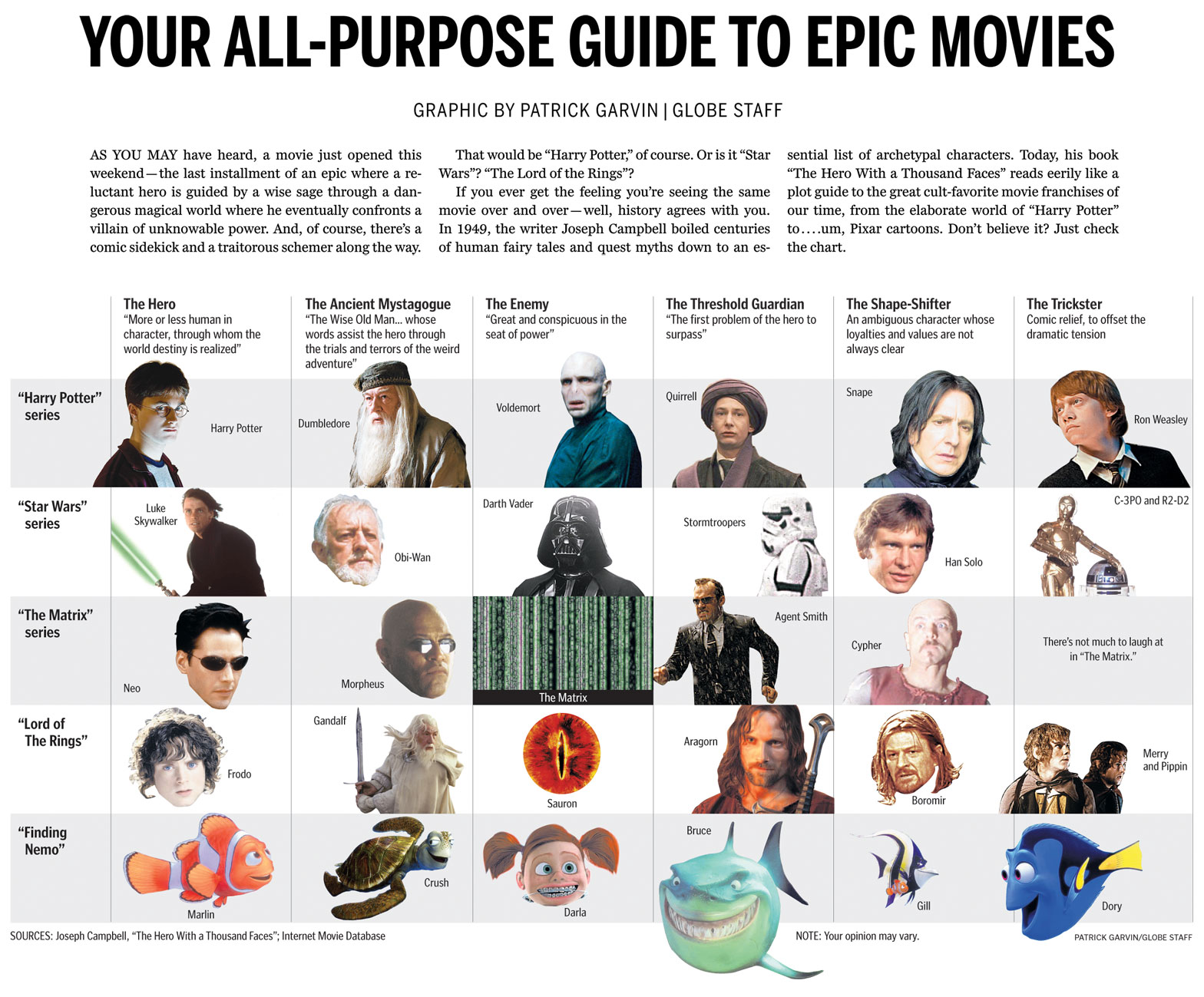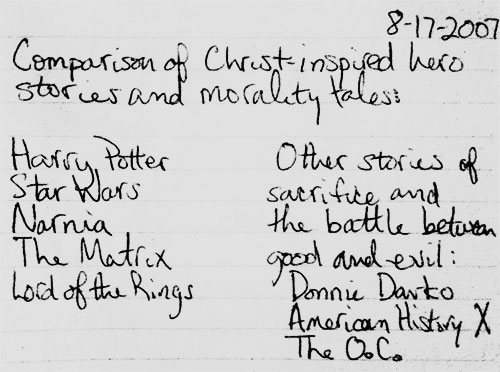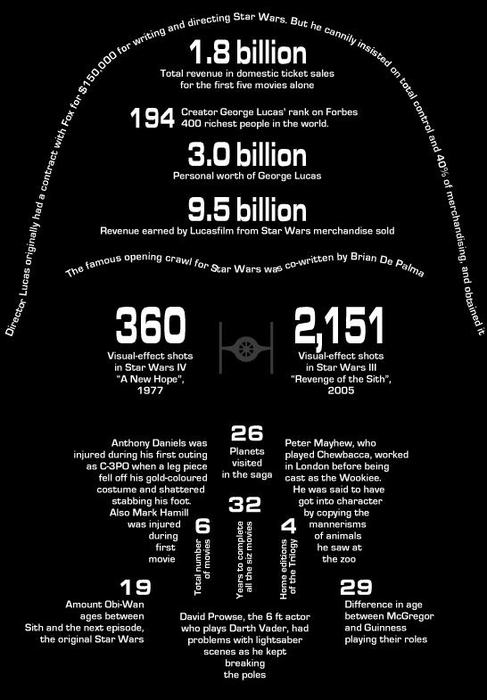As a wee child, I watched WWF with the fervor that I now watch prime time soap operas. As the years passed, my dad told 12-year-old me that I would be better reading JFK’s “Profiles in Courage” instead of WWF Magazine. (Though the publication did publish my letter to the editor when I was 10.)
I ended up being more than OK with that. As I got older, I traded the Ultimate Warrior and Macho Man Randy Savage for Will Clark and Wesley Stokes. I no longer needed to root against Sgt. Slaughter, The Million Dollar Man or Rick Rude, because now I had Bill Self, Lebron James, and Kobe Bryant.
Because even though I knew WWF was not an actual sport, it gave me the outlet that baseball, college basketball and college football give me and so many others. Which is, to say, it gave me a chance to root for underdogs and unabashedly boo at the bad guys for whom I had nothing but abject loathing.
Sure, real sports have gifted individuals showing awe-inspiring athletic prowess and feature the joyous triumphs that can only come from teamwork. But we are kidding ourselves if we don’t think that at least part of the joy of watching sports comes from rooting for our heroes, and maybe more importantly, rooting against the villains.
Perhaps there is no forum that more succinctly displays this psychological aspect to sports fanaticism than the March Madness tournament. We cheer for underdogs who just barely scrape into the tournament and hope they will knock out a smug number 1 seed. We root for the earnest teams whose players’ back stories get us choked up. And just as importantly, we tune into games where our only vested interest is seeing a team lose, whether it’s to help our bracket or because we relish the possibility of trash-talking our friend who roots for Kansas even though she’s an otherwise lovely human being.
This year’s March Madness, and particularly this year’s Final Four, has had that delicious aspect of earnest heroes, fan favorites and universal villains. It mirrors pop culture’s best portrayal of the fights between good and evil.
That’s right, Padawans. This year’s Final Four is “Return of the Jedi” to the overall “Star Wars” universe that has been this year’s March Madness. Saturday, Wisconsin’s Luke Skywalker defeated Kentucky’s Darth Vader and Duke’s Emperor Palpatine dispatched of Michigan State’s Han Solo. And tonight, the earnest farmboy Luke Skywalker — in the form of a plucky, fun-to-watch Badgers team — will face the unrepentant Emperor Palpatine, represented by Duke’s aptly named Blue Devils.
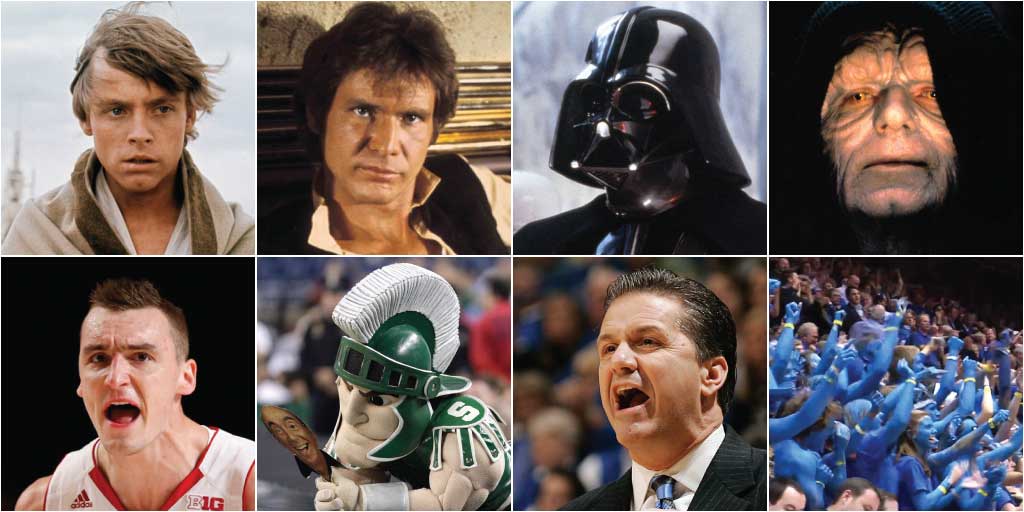
You might protest, but search your feelings. You know this to be true.
Earnest and somewhat naive farmboy Luke Skywalker was the “Star Wars” series’ poster boy for unshakeable good, abandoning his training in “The Empire Strikes Back” so that he could go save his friends whom believed were in trouble. This strong moral compass fits nicely for University of Wisconsin’s home of Madison, a social activist’s haven where two’s a party and three’s a protest. It’s not a stretch to think that if Luke Skywalker were to be from any part of America, he’d be from the rural Midwest, where a strong work ethic, friendly demeanor and headstrong stubbornness are a way of life.
Michigan State is sarcastic smuggler-turned-rebel Han Solo. Michigan State didn’t garner any widespread fan hatred, but was also never cast as chipper underdog, either. Michigan State, while also Midwestern, does not have the golly-gee earnestness that Wisconsin does. Han Solo is ultimately a good guy, but he never wanted to be a good guy. He as not the series’ symbol of purity, because as a self-interested smuggler, never viewed good and evil as black and white. He was merely a means to get Luke to the main event, where he could face off against the villainous Darth Vader and purely evil Palpatine.
You might think that the Midwestern duo of Michigan State and Wisconsin would be better portrayed by twins Luke and Leia rather than Luke and Han. I considered that, but in the grand scheme of the 2015 March Madness tourney, Leia is Wichita State, because Leia defeated the horribly villainous Jabba The Hutt. By which, of course, I mean the University of Kansas Jayhawks.
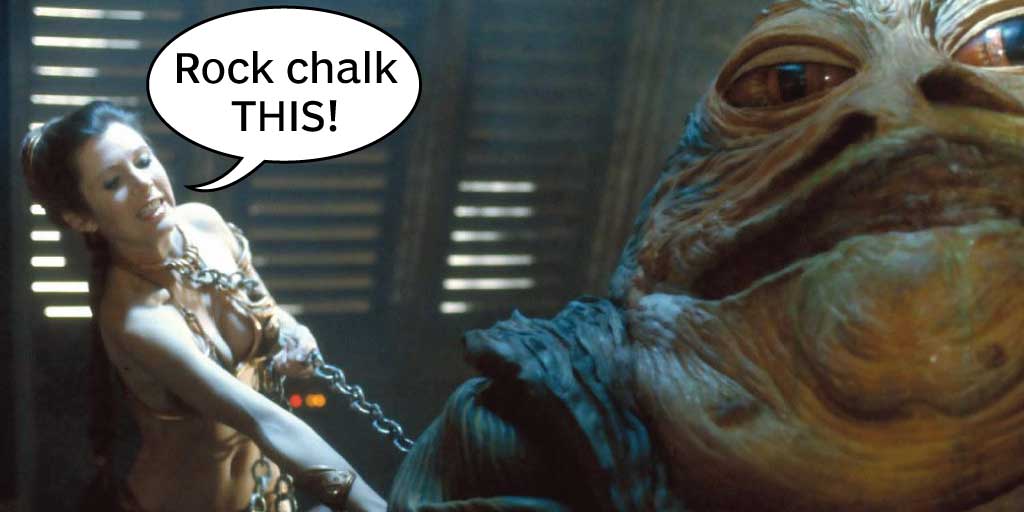
And speaking of villains…
A long time ago in a galaxy far, far away, Darth Vader was once Anakin Skywalker. Sure, he was always obnoxious and somewhat full of himself, he wasn’t always the bad guy. Many have found Kentucky fans unbearable for years, as the fans have smugly boasted the team’s impressive legacy. Kentucky’s been a dynasty for years now, and that will always garner some envy and disdain. In that sense, Kentucky is the insufferable Anakin. But it was John Calipari who elevated the team to hatable Darth Vader status. By many, Coach Cal is seen as an opportunistic cheater who bends the rules and doesn’t play clean. Sounds about right for an intergalactic dictator who chokes people and blows up planets, right? If Kentucky were coached by a more likable, grandfatherly character such as Charlie Spoonhour or Al McGuire, would they be as hated as a Cal-helmed Kentucky?
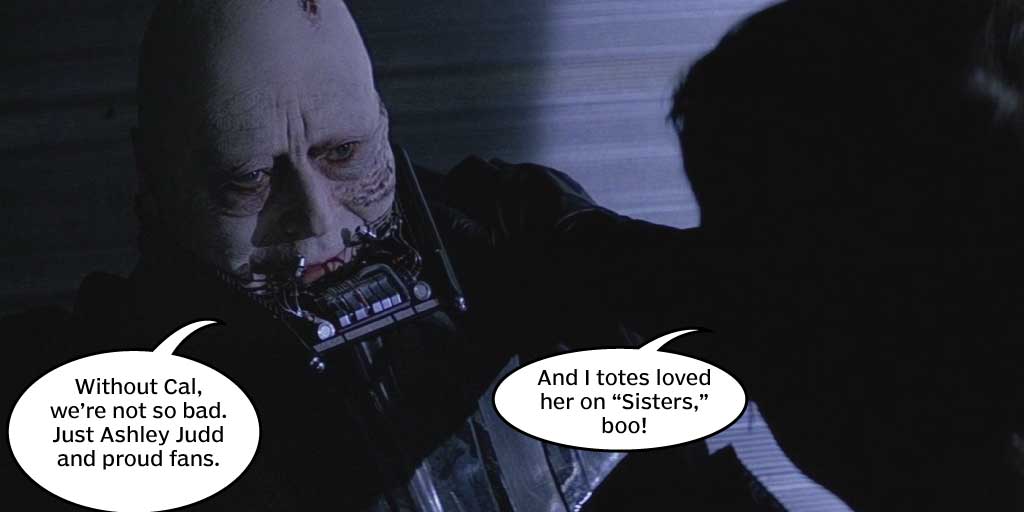
Wisconsin defeating Kentucky this past Saturday was a rematch from when the two teams faced each other in the Final Four last year. Kentucky won that game, though, just like Darth Vader had won the last time he fought Luke Skywalker. In other words, the Final Four in 2014 was Kentucky cutting Wisconsin’s hand off and devastating the earnest team, and the Final Four in 2015 was that earnest team coming back with a green lightsaber to beat Kentucky.

But Vader was not Luke’s ultimate enemy in “Return of the Jedi.” Luke’s ultimate enemy was evil and temptation. Vader was a flawed character who had chosen the allure of the Dark Side, but he was not the representation of pure evil. That distinction went to Palpatine. In this Final Four, the only team hated as much or more by fans than Kentucky has been Duke.
Coach K is not the defining factor. He has his enemies, sure, but if he were replaced tomorrow, would Duke’s haters hate the team any less than they do today? Probably not, because more than Mike Krzyzewski, it’s Duke’s fan base that earns the team its role as super-villain. When reading a friend’s Facebook post about Duke this weekend, the thread contained the words “smug,” “arrogant” and “entitled” only a bajillion times.
Now, Duke fans are probably very lovely outside of the sports bar. I have friends who root for Duke. So, no, I don’t think that Duke fans are actually the representation of all evil and darkness. But hyperbolic exaggerations are the basis of our choices of whom we root for and boo in sports, which is why WWF’s cartoonish characters were such a hit.
And tonight, in a sports bar equivalent of the Mos Eisley Cantina, I’m going to affect a Wisconsin accent, shout out “uff da” and root for the Badgers. And come November, I hope my Missouri Tigers and Saint Louis Billikens don’t repeat their performances as, well, anything from “The Phantom Menace.”
RELATED: If Leonardo da Vinci tinkered the way George Lucas does…

